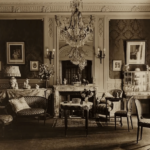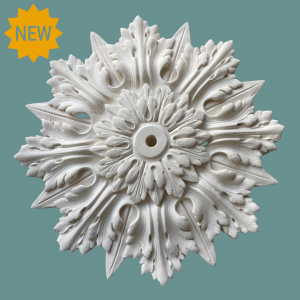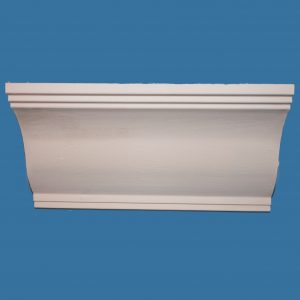With some of the most beautiful and oldest examples of plasterwork surviving on the walls of Egyptian temples for over 4000 years, there are original plaster features created by master craftsman showcased in many heritage buildings and properties around the world: However, throughout many period properties, these beautiful and original features have been lost to unsympathetic renovations and remodelling, fire and water damage, conversions of properties into flats and even over-painting.
Throughout history, plaster has been used to create ornate and elaborate designs and features in homes, heritage properties, palaces, castles, and historical monuments. These mouldings were used to give shape and form to objects and spaces inside and outside of buildings.
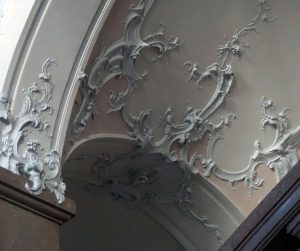
The origins of many designs and patterns that we use today come from Ancient Greece with some design elements being modified and added to by the Romans, but plastering has been used by civilisations throughout history including the Egyptians, Minoans, and Ancient Greece. Primitive plastering techniques included the use of clay and mud and a technique called wattle and daub, which then was used to keep out the damp, rain, and cold weather.

In the height of the eighteenth century, elaborate plaster mouldings were seen everywhere and created by well-respected master craftsmen.
Plastering internal and external walls was originally ordered around 1212 by King John after the London Bridge fire to make bakers and brewers safe from fire and shortly after was utilised by affluent householders whose homes included ornamental plaster mouldings created on plaster with tools made of metal and wood. The plaster was then usually gilded and painted.

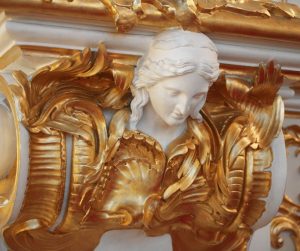
After WW1, ornate and decorative mouldings began to disappear within properties, and any coving and cornice that was featured, was small and simple. Although ceiling centres were still used, they were small and usually very basic like the coving. Homes were internally very stark with straight lines and simpler details. Enter the Art Deco movement of the 1920s and 30s and we see large, elaborate, and chunky cornice designs appearing back in properties.
With the popularity of original features being restored to period and heritage properties, and modern home décor incorporating more and more texture and decoration to walls, ceilings and features, plaster mouldings are enjoying a resurgence within both modern and period properties.

Homeowners and interior designers are adding interest and ornament to rooms using panels, cornice, ceiling roses, dado rails and corbels. The reasons we are resorting back to traditional plaster mouldings made using traditional methods, techniques and materials is not just a case of authenticity: But in the case of restoration of originally mouldings, master craftsmen are commission to restore, replicate and replace mouldings that have been lost, damaged, or removed from period and heritage properties.
Homeowners, architects, and interior designers are also looking for unique and bespoke pieces crafted for specific properties and décor styles that are made to last using tried and tested traditional methods.
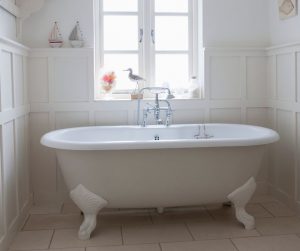
When renovating a period property or heritage building, it is possible to replace and restore original plaster mouldings even if they have been damaged, partially removed, or over-painted through the years, where damaged or partially removed mouldings are concerned, moulds can be made from partial or existing parts of cornice, coving, ceiling centres and corbels and new pieces made to match the original features.
Abby Mouldings have the necessary skills to recreate and restore virtually any type of damaged original ornamental interior mouldings. We offer a comprehensive range of classical, traditional and contemporary fibrous plaster decorative mouldings, including ceiling centres, cornice (covings), panel mouldings, niches, centrepieces and archways. We specialise in restoring and repairing beautiful plasterwork and interior mouldings in period properties that have been damaged to bring your property back to its original splendour.

Call today on 01626 830500 for a chat about your project.
For more inspiration and ideas – follow our instagram @abbymouldingsltd

abbymouldings.co.uk
